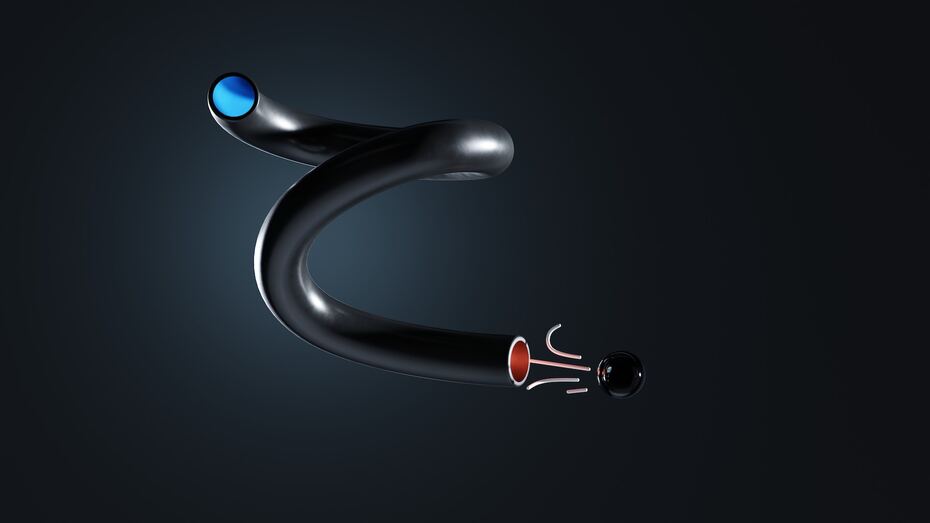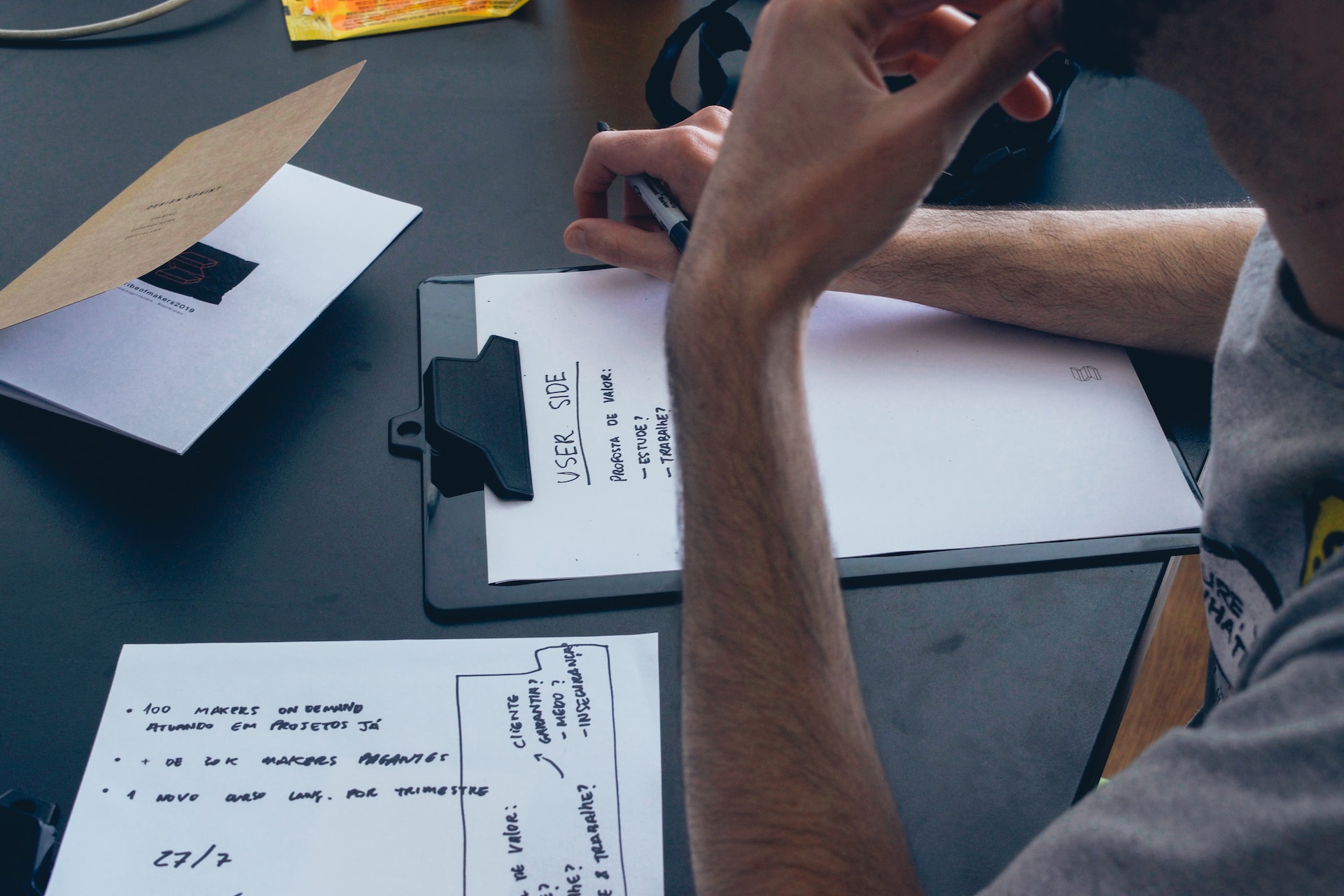
If you are a UX designer, you know how tough it is to create a user-friendly and engaging website or app. You want your users to have a smooth and enjoyable experience, and to come back for more. Sometimes, even with the best intentions, you might make some mistakes that can ruin your UX and drive away your users. Here are some more of the most common ones, and how to avoid them. We have previously written two blogs on this topic (1, 2).
1. Simplicity
I.e., not adopting simplicity in every aspect. Also and more concretely, dropping too much stuff on a page. Users do not want to be overwhelmed by too much information, too many options, or too many distractions. They want to find what they need quickly and easily, without having to think too much. A simple UX design, as a consequence, should clear, intuitive, and focused on the user goals.
But, oftentimes designers fall into the trap of adding too much stuff on a page, thinking that more is better. That might very well include unnecessary elements, such as banners, pop-ups, icons, buttons, or links, that clutter the page and confuse the user. They might also use too many colors, fonts, or images, that create visual noise and make the page look messy and unprofessional.
It is generally recommended that you follow the principle of "less is more", and only include what is essential. You should also use more white space, contrast, and hierarchy to create a clean and organized layout that guides the user attention and helps them navigate the page.
2. Too many animations
Too many animations can slow down your website or apps performance, especially on mobile devices or low-bandwidth connections. They can also distract the user from their main goal, or annoy them with unnecessary or unexpected movements. And if your animations are not consistent or coherent with your overall design style and tone, they will likely create confusion and frustration for the user.
Use animations sparingly and purposefully. Such as providing feedback, indicating progress, or creating a sense of continuity. Moreover, obviously make sure that your animations are smooth, fast, and responsive, and that they match your designs aesthetic and mood.
3. Unusual fonts
Fonts are another important element of UX design that can make or break your website or apps usability and appeal. Fonts can help convey your brand personality and tone, and create a visual hierarchy and contrast for your content.
They might be also too fancy, too quirky, or too obscure for your target audience. Unusual fonts can make your text hard to read, especially on small screens or low-resolution devices. They can also make your website or app difficult to navigate, as users might not be able to tell what is clickable or what is important. Focus on those that are legible, readable, and accessible for your users, regardless of their device or preference.
4. Imbalance between Design, Features, and Content
UX design is not just about how your website or app looks. It is also about what it does and what it says. Your UX design should balance three main aspects: design, features, and content.
But sometimes, designers focus too much on one aspect at the expense of the others. They might prioritize design over features or content, creating a beautiful but useless or irrelevant website or app. They might prioritize features over design or content, creating a complex but ugly or boring website or app. Or they might prioritize content over design or features, creating a informative but cluttered or dull website or app.
The main points is, you should balance all three aspects of your UX design equally. Sounds easy obviously, but if you keep that in mind, it is easier to look out for possible issues. 
5. Prioritizing aesthetics over functionality
A related points involves prioritizing aesthetics over functionality. Prioritizing aesthetics over functionality generally lead to usability issues, such as slow loading, broken links, unclear navigation, or incompatible formats. No matter how good your website looks, you will find it hard to avoid annoying your users.
You should make sure that your website or app works well before you make it look good. Test your website or apps functionality regularly and thoroughly, and fix any bugs or errors as soon as possible. Ensure that your website or app aesthetics support and enhance its functionality, and not compromise or contradict it.